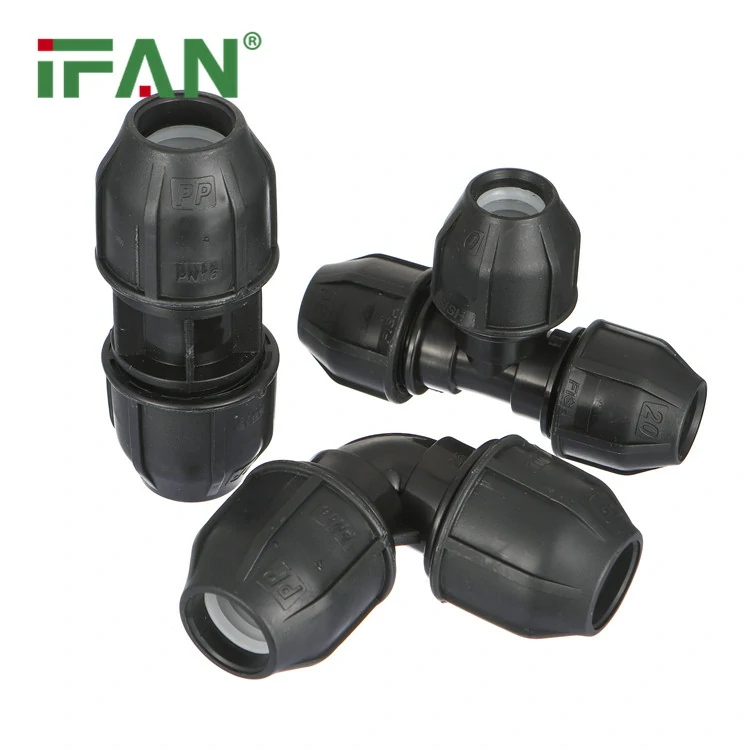Introduction to Compression Fittings
Compression fittings are widely used in plumbing and piping systems. They connect pipes securely without welding or soldering. These fittings are known for their ease of installation and reliability. They are commonly used with materials like copper, PVC, and polyethylene (PE). A compression fitting PE specifically refers to fittings designed for polyethylene pipes.
Components of a Compression Fitting
A compression fitting consists of three main parts: the compression nut, the compression ring (ferrule), and the fitting body. The nut tightens to compress the ring against the pipe, creating a leak-proof seal. This design ensures a strong and durable connection. In a compression fitting PE, these components are tailored to work with the flexibility of polyethylene.
How Compression Fittings Work
Compression fittings create a seal by compressing the pipe between the fitting body and the ring. When the nut is tightened, it forces the ring to grip the pipe tightly. This process ensures a secure and leak-free connection. For a compression fitting PE, the mechanism accommodates the softer nature of polyethylene.
Advantages of Compression Fittings
Compression fittings offer several benefits. They are easy to install and do not require specialized tools. They provide a reliable seal and can be reused if necessary. A compression fitting PE is particularly advantageous for its compatibility with flexible polyethylene pipes. These fittings are also resistant to corrosion and chemical damage.

Applications of Compression Fittings
Compression fittings are used in various industries, including plumbing, gas, and irrigation. They are ideal for both residential and commercial applications. A compression fitting PE is commonly used in water supply systems and gas pipelines. Their versatility makes them suitable for different environments and conditions.
Installation Tips for Compression Fittings
Proper installation is crucial for the effectiveness of compression fittings. Ensure the pipe is cut cleanly and inserted fully into the fitting. Tighten the nut evenly to avoid damaging the pipe. For compression fitting PE, avoid over-tightening, as it can deform the softer material. Always check for leaks after installation.
Maintenance and Troubleshooting
Compression fittings require minimal maintenance. Regularly inspect the connections for signs of wear or leaks. If a leak occurs, try tightening the nut slightly. For compression fitting PE, ensure the pipe is not damaged or cracked. Replace any worn-out components promptly.
Conclusion
Compression fittings are essential components in modern piping systems. They provide a secure, leak-free connection with minimal effort. A compression fitting PE is specifically designed to work with polyethylene pipes, offering flexibility and durability. With proper installation and maintenance, these fittings ensure long-lasting performance in various applications.

